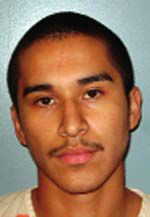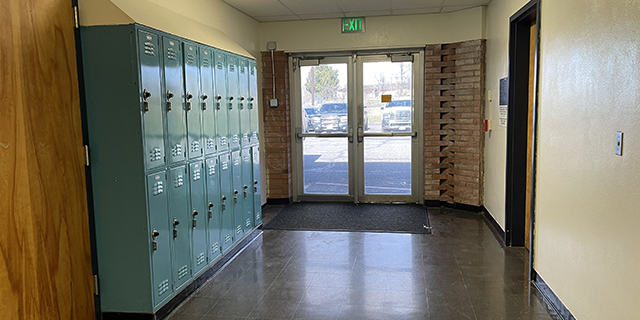Speedis to stay in jail
Published 9:53 am Wednesday, October 7, 2009

- Speedis
Suspected murderer Waylon James Speedis will stay in jail after a judge found he likely killed Manuel Nomee.
Speedis, 19, of the Pendleton area, had a release hearing Tuesday morning before Circuit Judge Christopher Brauer at the Umatilla County Courthouse in Pendleton. The state has accused Speedis of stabbing and killing Nomee in a fight that involved nine people in two groups on Sept. 13 near the Round-Up Grounds in Pendleton.
Speedis appeared in the courtroom via a closed-circuit TV from the Umatilla County Jail in Pendleton, where he has been since police arrested him on the evening of Sept. 14.
His mother, Shirleen Speedis, came to the courtroom minutes before the hearing started and asked a clerk where she should sit. The clerk directed her to talk to the district attorney’s office. She left and didn’t return.
A moment later, Lillian Nomee, the victim’s mother and her family entered and sat at the back of the room. She cried softly a few times during the hearing.
Under Oregon law, a murder charge does not automatically keep a suspect in jail. Rather, prosecutors have to make a case before a judge that evidence strongly suggests the suspect committed the crime.
Umatilla County District Attorney Dean Gushwa made his case with the testimony of Pendleton Police Detective Sgt. Mike Loughary, one of the incident’s investigating officers.
Loughary said Waylon Speedis, his 14-year-old sister Evelyn Speedis, younger brother Cody Speedis, 17, and Ramona Schneider (aka Ramona Minthorn) and Tyler Neff were walking west on the Pendleton River Parkway toward Southwest 18th Street, near the Round-Up Grounds back parking lot.
That’s where Nomee was with his three friends, Randy Robinson, Calib Wilson and Ethan Thompson, the detective said.
Loughary also said that earlier that day, Shirleen Speedis had told police trouble was brewing between these groups because of a confrontation involving her 4-year-old boy and said “somebody was going to be floating in the water.”
When the two groups saw each other, Nomee’s group “exchanged words” with the Speedis group, Loughary said, and then the two groups started throwing rocks. Then Nomee and his friends ran up to the levee to the first group.
Loughary also said Waylon Speedis had admitted to being a member of the Sureños gang, and that Nomee and his group claimed Bloods or Native Pride affiliations.
Several people had weapons, Loughary said, including mace and a chain, but Nomee was unarmed and Waylon Speedis was the only one with a knife. He and Nomee fought, Loughary said.
“Waylon Speedis stabbed Manuel Nomee one time in the heart,” Loughary said. “One stab wound that pierced the heart and was the cause of death.”
That was the medical examiner’s finding, Loughary confirmed.
Investigators haven’t found the knife, he said, but did find a “make-shift sheath” that is at an Oregon State Police crime lab for fingerprint analysis.
Loughary also said he interviewed Waylon Speedis for about half an hour at the jail the morning after his arrest. Loughary said Speedis admitted he had a knife and was fighting with Nomee, yet Speedis never mentioned he was scared of Nomee or that he had fought back in self defense.
Public Defender Doug Fischer made some hay with that during cross examination. He argued witnesses said Nomee was acting aggressive at the time of the fight and that Nomee was perhaps 50 pounds heavier than Waylon Speedis.
“With all that information, you never asked Mr. Speedis if he was in fear of his safety or bodily harm from Mr. Nomee?” Fischer asked.
“No,” Loughary answered.
Loughary also said he didn’t record the interview because Waylon Speedis didn’t want him to. During rebuttal, Loughary said that’s not an uncommon request from suspects.
After almost an hour of questions and testimony, Gushwa surmised the state had made its case for the purposes of keeping Waylon Speedis in jail. Fischer offered no closing arguments.
Brauer ruled for the state and kept Waylon Speedis in jail.
Afterward, Lillian Nomee said her son was not a member of any gang and native pride is a way of life.
“Manny was walking the red road,” she said, meaning he was living a true American Indian life.
She also said she’s looking for evidence to connect Schneider and Evelyn Speedis to their direct participation in the fight.
And, she said, choking back tears, she hurts and has no closure over her son’s death.
“I feel his pain right here,” she said, pointing to her chest, “because I feel a knife in my heart.”





